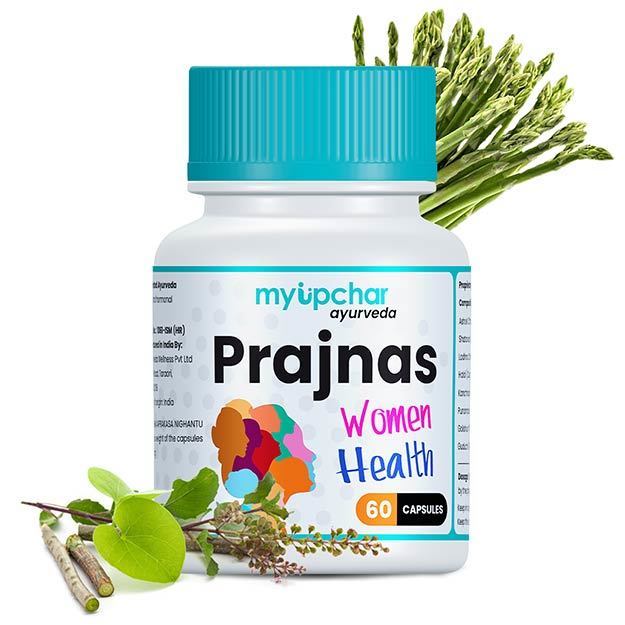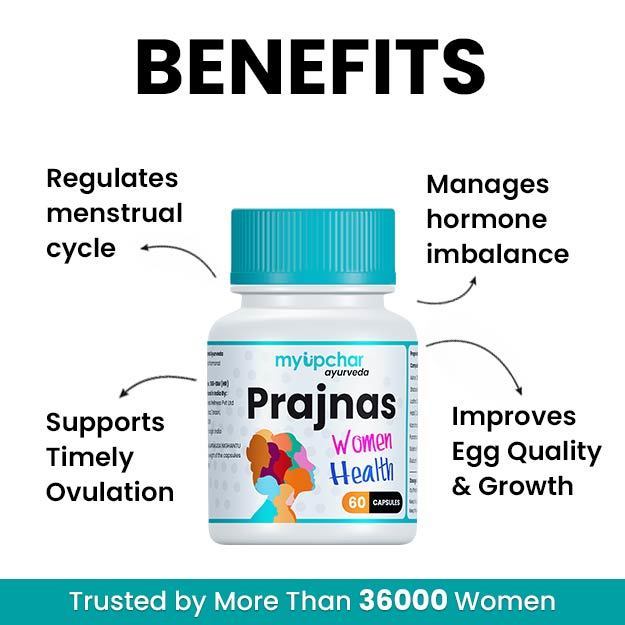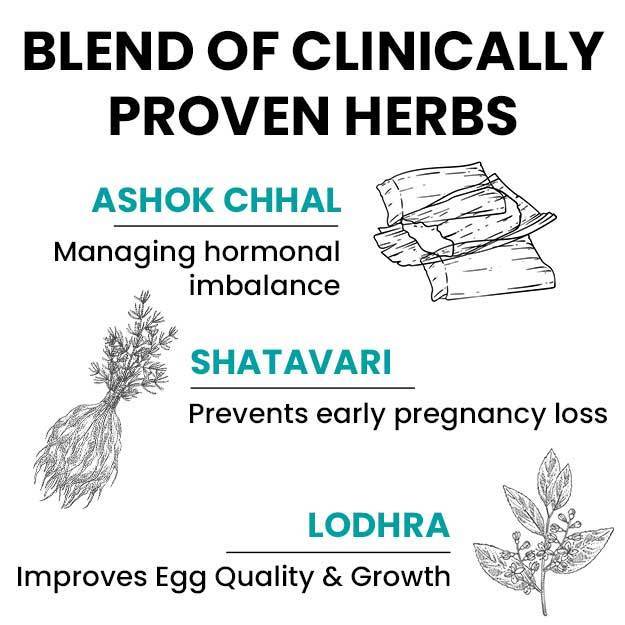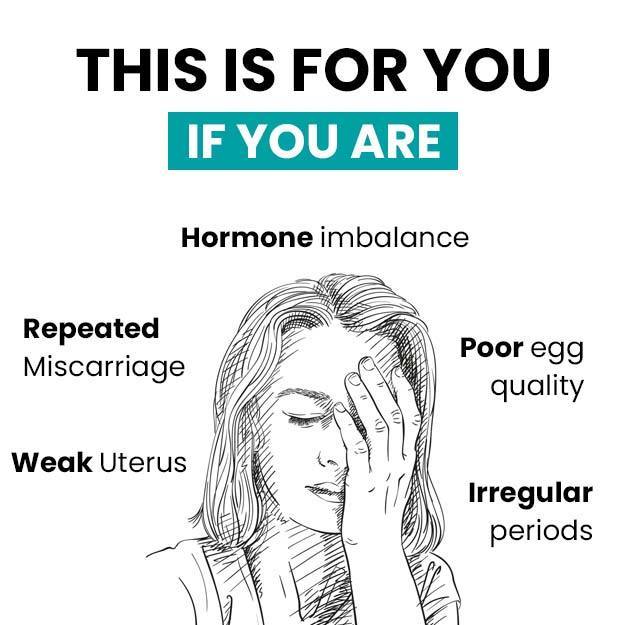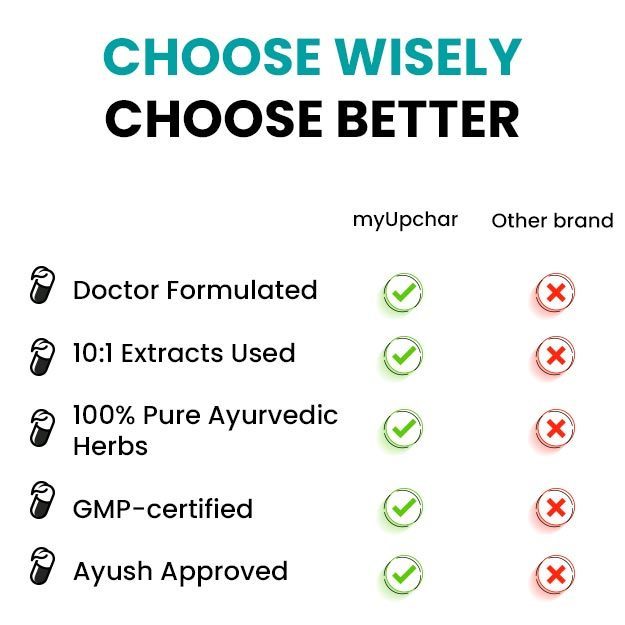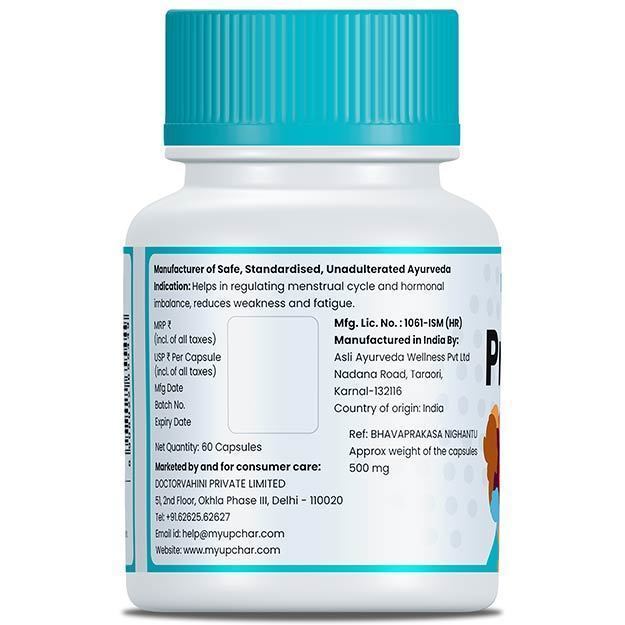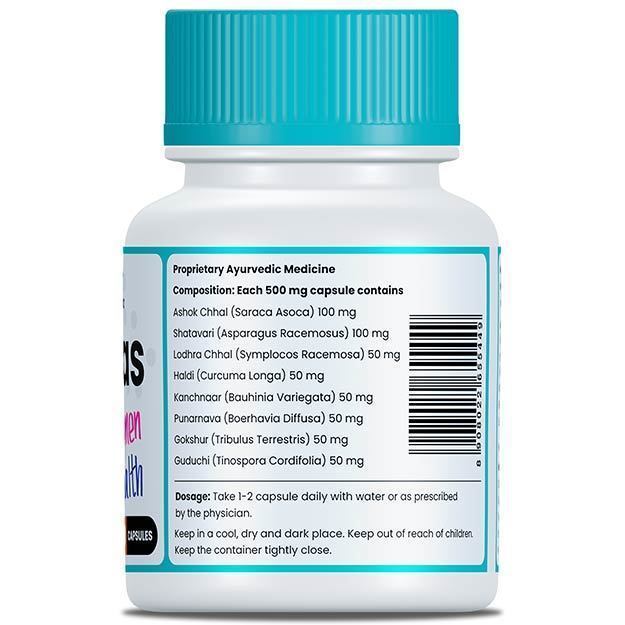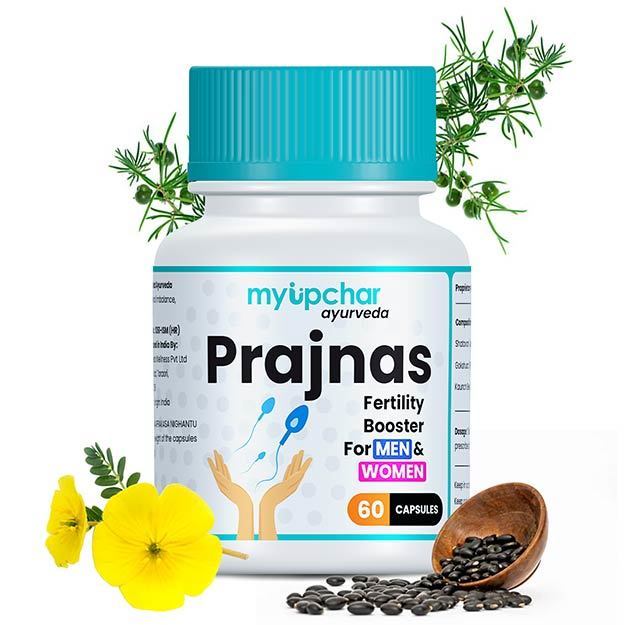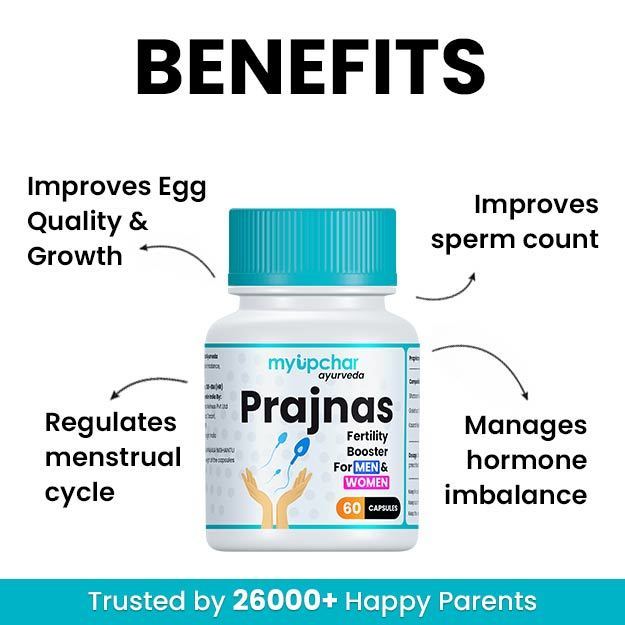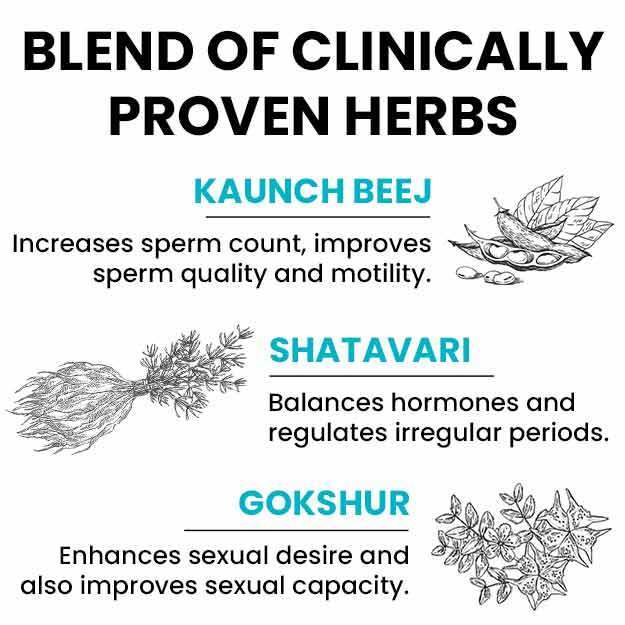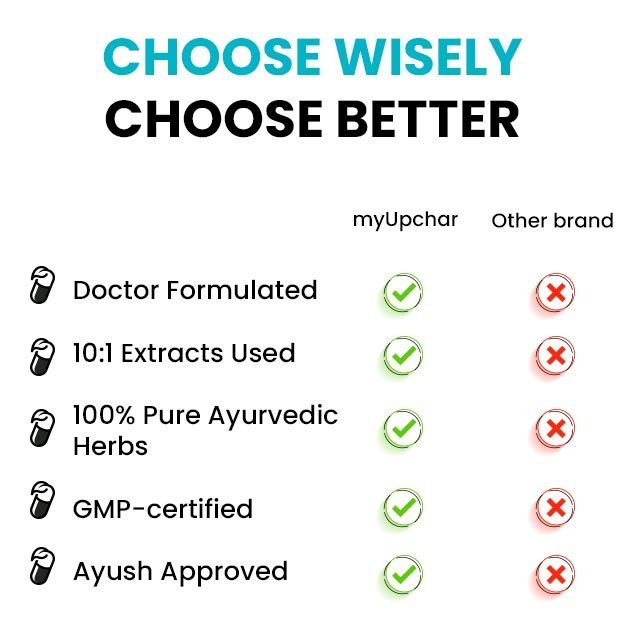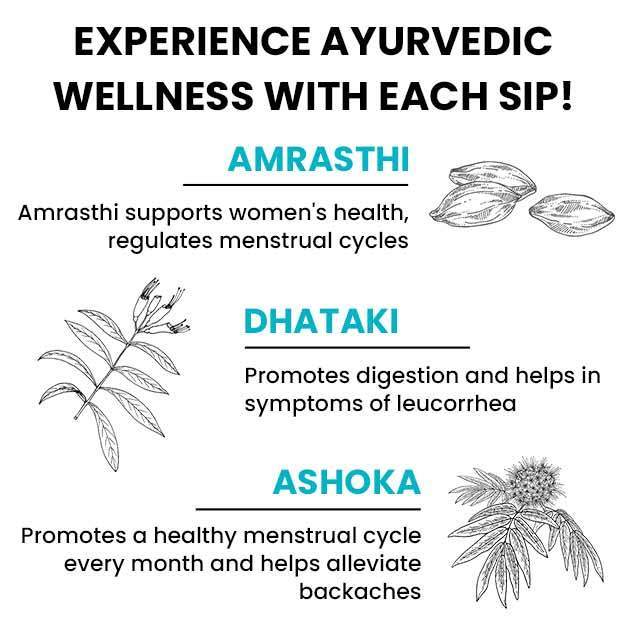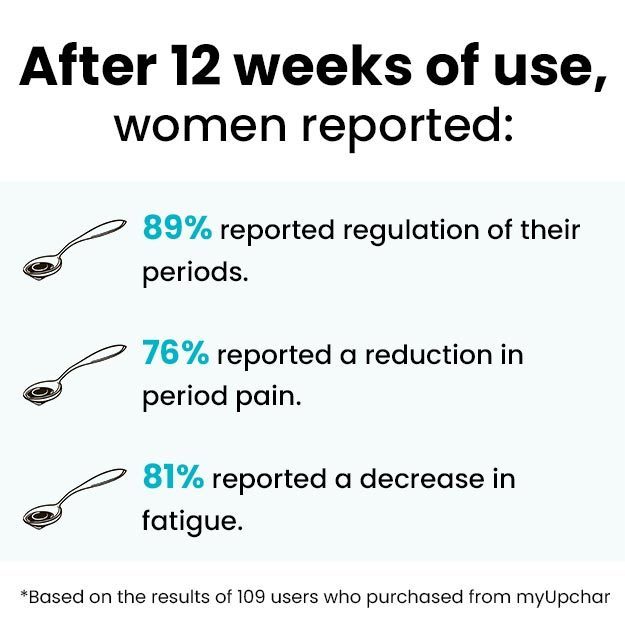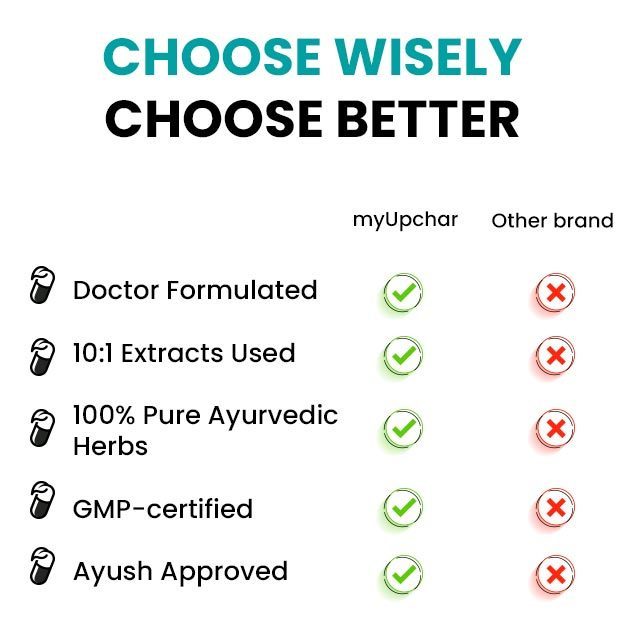Pregnancy is the most crucial and impassioned time in the lifetime of a woman when her body is going through immense changes and so is her mind. During this time, not only does the woman hold the responsibility of maintaining her health, but also of the foetus. This implies that she needs to be extra cautious about her diet and nutrition. A healthy pregnancy is reflected by a healthy weight gain to support the needs of the growing foetus.
- Weight gain during pregnancy
- Benefits of pregnancy diet chart
- Recommended daily calorie intake during pregnancy
- Pregnancy diet
- Pregnancy diet chart
- First trimester diet
- Pregnancy diet chart for second trimester
- Pregnancy diet during third trimester
Weight gain during pregnancy
It is suggested that women must gain 11.5 to 16 kilograms of weight during pregnancy. This weight, however, is not gained all at once.
Women gain 1 to 2 kilograms during the first trimester, following which, 0.5 kg per week is gained for the remaining duration of pregnancy.
The amount of weight gained also depends on the current weight of the woman.
Underweight women gain more than those who are overweight. Overweight women may gain only 7 to 9 kilograms of weight, while those who are underweight gain a total of 13 to 18 kilograms.
Women also gain more weight if they are carrying multiple foetuses. Those carrying twins gain around 16.5 to 24.5 kilograms of weight.
So, diet is essential to maintain a healthy weight gain in women, which will be reflective of their health as well as that of the foetus.
(Read more: Foods to eat and avoid during pregnancy)
Benefits of pregnancy diet chart
Following a diet chart during pregnancy will help you keep a track of your caloric intake, which will aid in the growth of the foetus. It will also help to ensure that you get a balanced diet with all the essential nutrients, including carbohydrates, fats, proteins, vitamins and minerals. Other benefits of a pregnancy diet chart are mentioned below.
- Eating small frequent meals will help in ensuring daily caloric intake. This is essential to maintain optimal levels of energy for daily activities. Energy is also required for maintaining the functioning of internal organs and in assisting the growth of the foetus.
- Eating the right foods will help in avoiding the deficiency of folic acid and iron. This will help in preventing iron-deficiency anaemia in the mother and the child, and developmental disorders in the foetus. It will also prevent infections during pregnancy in both the mother and the foetus.
- Having a balanced diet is also essential to ensure strong immunity of the mother and the foetus and the proper development of foetal organs. (Read more: Immunity boosting foods)
- Other than this, a proper diet will ensure efficient postpartum recovery of the mother. Proper nourishment will aid in the growth and repair of the tissues. (Read more: Postnatal diet)
- A balanced diet will also ensure better digestion, which will help in avoiding digestive disorders like indigestion, gas, bloating, heartburn, and more.
Recommended daily calorie intake during pregnancy
Now that you know the importance of following a diet chart during pregnancy, it is also essential to know the optimal caloric intake, which is different for different trimesters.
The recommended daily calorie intake during different trimesters is as follows:
- First trimester - 1800 calories.
- Second trimester - 2200 calories.
- Third trimester - 2400 calories.
Those who are underweight may require some extra calories to achieve a greater weight gain.
Pregnancy diet
By now you may have understood the importance of a proper diet during pregnancy, but what should your diet plan essentially contain? Let’s have a look.
Folic acid during pregnancy
Folic acid or vitamin B9 (folate) is of the vitamin B group present in many natural food items such as broccoli, chickpeas, sprouts, beans, legumes and spinach. Folic acid is essential during pregnancy because it helps in the development of the neural tube and prevents any developmental defects related to it in the newborn.
Iron during pregnancy
Iron, as stated above, is an essential nutrient during pregnancy, the requirement of which increases due to the developmental needs of the foetus. Foetus draws sufficient iron from the mother to last for about six months of neonatal life.
To meet such high requirements, it is essential to increase iron consumption from animal sources. If you are a vegetarian, you may need to increase the consumption of vitamin C to aid in the absorption of iron from vegetable sources. Some of the food sources rich in iron are chicken, meat, eggs, seafood, lentils and green leafy vegetables.
Iodine during pregnancy
Iodine is another mineral, which is required for proper foetal development due to its role in the regulation of the thyroid hormone. Seafood, eggs and dairy contain iodine, in addition to its presence in iodised salt. Not all seafood is safe during pregnancy, so, it is better to seek expert advice on your diet.
Calcium during pregnancy
Although calcium is required in high amounts for the development of the skeletal framework of the foetus, pregnant women are not recommended to increase its dietary intake. The increased maternal tendency to absorb more calcium during pregnancy suggests that there is no need to go beyond the usual daily recommended dose for non-pregnant women, that is, 1000 mg per day.
(Read more: Calcium deficiency symptoms)
Protein during pregnancy
Protein is required for the proper development of the maternal and foetal tissues. Low intake of protein during pregnancy is likely to procure a low birth weight in infants, which can be avoided by taking a balanced diet.
(Read more: Post-pregnancy diet plan)
Other than these nutrients, all the components of the diet have a special role during pregnancy, like fats are important for the process of growth.
So, none of these components must be missed from the diet.
A special care of this has been taken in the following diet plan for pregnant women.
Pregnancy diet chart
The nutritional requirements of women change during different trimesters of pregnancy along with an increase in caloric intake. A gradual increase in daily calories is recommended as pregnancy advances. Each of these trimesters has been discussed in separate sections.
First trimester diet
The caloric requirements of a pregnant woman during pregnancy are the same as that of a non-pregnant woman, but the requirement of some dietary components may vary. The following diet chart contains an amalgam of different foods for different days, taking care of your nutritional needs. It contains food items common to the Indian kitchen and can be easily followed during pregnancy.
|
Day of the week |
Breakfast foods |
Midday Snack |
Lunch |
Evening snack |
Dinner |
|
Monday |
Whole wheat bread sandwich with tomato and cheese Sweet lime juice |
A medium sized guava |
Cooked split red lentils ("masoor dal") and apple gourd ("tinda") with roti or parantha, as per your liking |
"Sattu" drink made by dissolving 2 tsp of "sattu" powder in a glass of water Corncob or "bhutta" |
Gram flour dumplings in curry ("besan ke gatte") and cooked ridge gourd ("torai") with roti and rice. |
|
Tuesday |
Broken wheat Oatmeal (dalia) with "dal" and vegetables A cup of tea |
A small sapodilla ("chiku") |
Cooked fenugreek leaves ("methi ka saag"), roasted papad, rice and chapati |
Buttermilk or "lassi" |
"Kadhi", Cumin-potato stir fry ("jeera aloo") with rice and chapatis |
|
Wednesday |
Green gram ("moong dal") A glass of milk |
A banana |
Cooked amaranth ("chaulai ka saag"), curd, pearl millet ("bajra") and roti |
Indian gooseberry juice ("amla juice") Sprouted grains or green grams |
Spinach and cottage cheese ("palak paneer"), sorghum ("jowar") roti, lotus stem ("kamal kakdi") |
|
Thursday |
"Besan (gram flour) cheela" with vegetables Green/Raw mango drink ("Aam panna") |
A large apple |
Pointed gourd ("parwal") with boiled potatoes Cucumber with curd ("kheera raita") Buckwheat ("kuttu") roti |
Roasted black chickpeas ("chana") |
Cooked chickpeas ("safed chhole") Cooked radish Pomegranate with curd ("anar raita") Rice and roti |
|
Friday |
Flattened rice ("poha") with vegetables Apple juice |
Few slices of watermelon |
Cooked raw banana Vegetable Kofta Cooked turnip ("shalgam ka saag") Mint with curd ("pudina ka raita") Sorghum ("jowar") roti |
Handful of nuts |
Cooked pumpkin ("kaddu") Cooked potatoes and peas ("aloo matar") Deep fried bread ("poori") |
|
Saturday |
Whole wheat sandwich stuffed with mushroom A glass of milk |
A large mango A few slices of papaya |
Cooked mustard greens ("sarson ka saag") Curd with jaggery ("gur") Cumin rice Missi roti |
Pomegranate juice Sweet potato ("shakarkand") chaat |
Cooked mixed lentils Cooked green beans Pearl millet ("bajra") roti Cooked peas with rice ("matar pulav") |
|
Sunday |
Semolina pancake ("sooji ka cheela") with vegetables Buttermilk |
Grapes or pear |
Kidney beans ("rajma") Curd Cumin rice and roti |
Jaljeera drink Dhokla (made by gram flour) |
Cooked jackfruit ("kathal") Cooked beetroot ("chukandar") Rice and roti |
Pregnancy diet chart for second trimester
Beginning from the second trimester, it is more important to take care of your diet to meet the requirements of the growing foetus. An increase in calorie intake along with an increase in the intake of fresh fruits and vegetables is mandatory to maintain a balanced and natural diet. Here is a diet plan you can follow.
|
Day of the week |
Breakfast foods |
Midday Snack |
Lunch |
Evening snack |
Dinner |
|
Monday |
Tapioca ("sabudana") and peanut upma A cup of coffee |
A large apple |
Cooked split chickpeas ("chana dal") Cooked green beans Roti and rice Curd |
Buttermilk or lassi Boiled corns |
Vegetable pulav Sprouts raita Mango dip ("chutney") |
|
Tuesday |
Semolina ("sooji") upma Cooked beans Peanuts Coconut water |
A few grapes |
Kadhi Cooked potato with sesame ("aloo til ki sabzi") Rice and chapati |
Amla juice A handful of walnuts |
Cooked black chickpeas Cooked green capsicum Rice and roti |
|
Wednesday |
Fenugreek paratha |
A banana or a sapodilla |
Cooked soybeans with potato Cooked ladyfingers Cucumber and flax seeds ("alsi") raita |
Tea Khandvi (made of gram flour) |
Cooked jackfruit Mixed salad consisting of cucumber, tomato, carrot, radish, beetroot, onion, etc Rice and chapati |
|
Thursday |
Oatmeal Walnuts and raisins Milk |
A medium sized pomegranate |
Cooked green gram ("hari moong dal") Cooked pumpkin Roti and rice |
Roasted black chickpeas Golden apple juice ("bael ka ras") |
Cooked red lentils ("masoor dal") Cooked brinjal ("baingan ka bharta") Salad Millet roti |
|
Friday |
Tomato and cheese sandwich Mango shake |
Figs or anjeer |
Cottage cheese ("masala paneer") with roti |
Milk with almonds ("Badam milk") Fox nuts ("makhana") |
Cooked black-eyed peas ("lobhia") Cooked pumpkin Missi (made with gram flours and wheat flour) roti |
|
Saturday |
Peanuts and "sabudana upma" A cup of coffee |
A few slices of papaya |
Cooked lentils with rice ("khichdi") Roasted papad Curd |
Jaljeera drink Vegetable cutlet |
Cooked kidney beans Cooked bitter gourd Pomegranate raita Roti and rice |
|
Sunday |
"Poha" A glass of milk |
One large apple with a handful of walnuts |
Cooked mixed lentils Stuffed brinjal Cucumber raita Rice and roti |
Buttermilk Chickpeas salad |
Spinach with boiled potatoes (aloo palak) Cooked, mashed radish Roti and rice |
Pregnancy diet during third trimester
Third trimester is the most crucial part of pregnancy, during which the caloric requirements of the body increase by 200-300 calories more than the second trimester to meet the maternal and foetal requirements. A diet plan suiting these higher demands is designed below:
|
Day of the week |
Breakfast foods |
Midday Snack |
Lunch |
Evening snack |
Dinner |
|
Monday |
Cooked buckwheat A few dates ("khajoor") A glass of milk |
A guava |
Parantha stuffed with boiled potatoes Curd Mint chutney |
Milk with almonds |
Cooked black-eyed beans Cooked radish "Bathua raita" Rice and roti |
|
Tuesday |
Gram flour cheela with mint dip |
A banana |
Cooked split chickpeas Cooked mashed turnips Curd Roti and rice |
Coconut water Roasted black chickpeas |
Cooked kidney beans Mushrooms Missi roti |
|
Wednesday |
Cottage cheese sandwich with mint dip Apple juice |
A handful of dates |
Pumpkin koftas Cooked bitter gourd Roti and rice |
Tea Sprouts |
Radish parantha Mango dip Beetroot raita |
|
Thursday |
Semolina halwa Mango shake |
Fruit salad |
Cornmeal flatbread ("makke ki roti") Mustard greens Jaggery |
Pomegranate juice Chickpeas salad |
Kadhi Boiled potatoes (jeera aloo) Rice and roti |
|
Friday |
Oats with milk A handful of dates |
A bunch of grapes |
Cooked kidney beans Ladyfingers Curd Roti and rice |
Peanuts |
Soybeans Cooked "parwal" Salad "Kuttu roti" |
|
Saturday |
Poha Buttermilk |
A few slices of papaya |
Cooked pigeon peas ("arhar dal") Green beans Mango juice Roti and rice |
Tea Sweet potato salad |
Vegetable khichdi Cucumber raita |
|
Sunday |
Fenugreek parantha Buttermilk |
Pomegranate or beetroot |
Cooked black lentils ("urad dal") Cooked apple guard "Besan cheela" Salad |
Coconut water Corncob |
Mushroom Cooked ladyfinger Salad Rice and roti |
Find Nutritionist in cities
Doctors for Pregnancy diet chart

Dr. Dhanamjaya D
Nutritionist
16 Years of Experience

Dt. Surbhi Upadhyay
Nutritionist
3 Years of Experience

Dt. Manjari Purwar
Nutritionist
11 Years of Experience

Dt. Akanksha Mishra
Nutritionist
8 Years of Experience
References
- MedlinePlus Medical Encyclopedia: US National Library of Medicine; Managing your weight gain during pregnancy
- Noran M. Abu-Ouf, Mohammed M. Jan. The impact of maternal iron deficiency and iron deficiency anemia on child’s health. Saudi Med J. 2015; 36(2): 146–149. PMID: 25719576
- Better health channel. Department of Health and Human Services [internet]. State government of Victoria; Pregnancy and diet
- National Institute of Diabetes and Digestive and Kidney Diseases [internet]: US Department of Health and Human Services; Health Tips for Pregnant Women.
- American College of Obstetricians and Gynecologists [Internet] Washington, DC; Nutrition During Pregnancy





